No one wants to share their home with bugs. Unfortunately, some of these spooky creatures infest any houses. They can creep into your space and heavily multiply in your home. They only need water, food, and suitable temperatures to thrive and reproduce. So, chances are your home is a perfect habitat if you see them roaming around. Moreover, they are quite unhygienic and annoying. But you can easily get rid of them.
It’s important to know exactly what type of problem you have on your hand when dealing with insects. Pest infestation is no joke, but it can be more complicated if you don’t know what your home is infested with. You might have silverfish, but there are some other bugs resembling them.

To help you identify the imposters in your home, we’ll tell you about the physical appearance of silverfish and the most common bugs that look like and are often mistaken for silverfish to help you differentiate them.
What Do Silverfish Look Like?
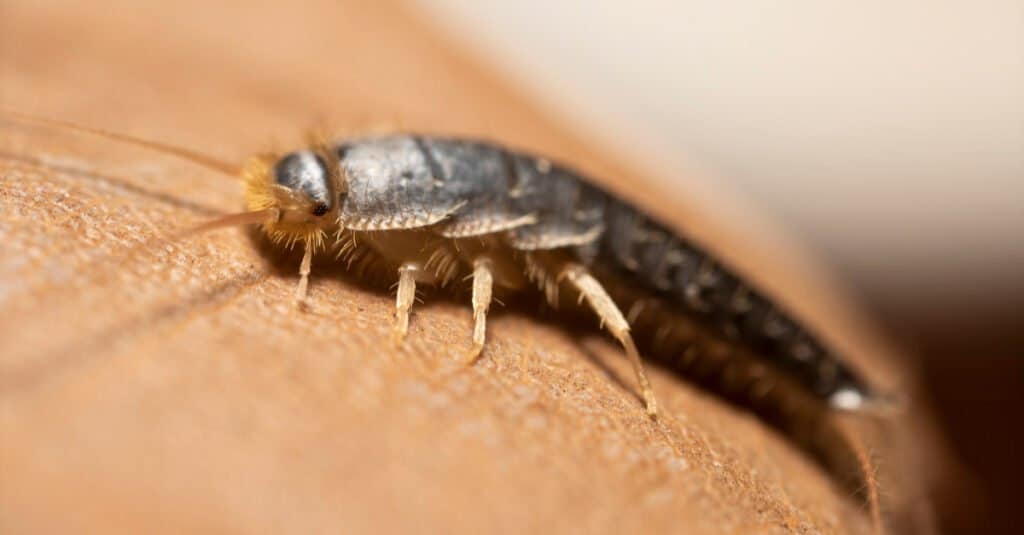
Silverfish are species of small, wingless insects named after their soft and silver-like bodies.
©Panto.unno/Shutterstock.com
| Scientific Classification | Lepisma saccharinum |
| Size | 0.5-1 inch (13-25 mm) long |
| Color | Light gray to blue |
| Habitat | Prefer damp, dark areas with high humidity. They are often found in bathrooms, kitchen cupboards, and laundry rooms. |
Silverfish are species of small, wingless insects named after their soft and silver-like bodies. They have three unique long appendages protruding from the abdomen. They range in color from light gray to rich silver. A few silverfish species have a distinct blue color.
Although silverfish move in a wiggling motion that resembles that of a fish, these species don’t really swim but rather run and jump. Silverfish have long antennae to facilitate movement. They can regenerate their antennae and terminal filaments if lost.
Silverfish are typically omnivores. They prefer products rich in polysaccharides for fast digestion. They eat dead insects, paper, sugar, and adhesives. Sometimes, they eat detritus from humans, such as dandruff or hair.
Silverfish do not carry any diseases and hardly bite humans. They are generally nuisance pests that only contaminate food. They also damage belongings since they love eating paper. Silverfish tend to leave a yellow residue (fecal matter) on fabric, wallpaper, books, etc. Seeing yellow marks on your items is the first sign that you have silverfish.
5 Bugs That Look Like Silverfish
Many bugs closely resemble silverfish, sharing similar characteristics, but each is very different. Let’s find out!
1. Firebrats
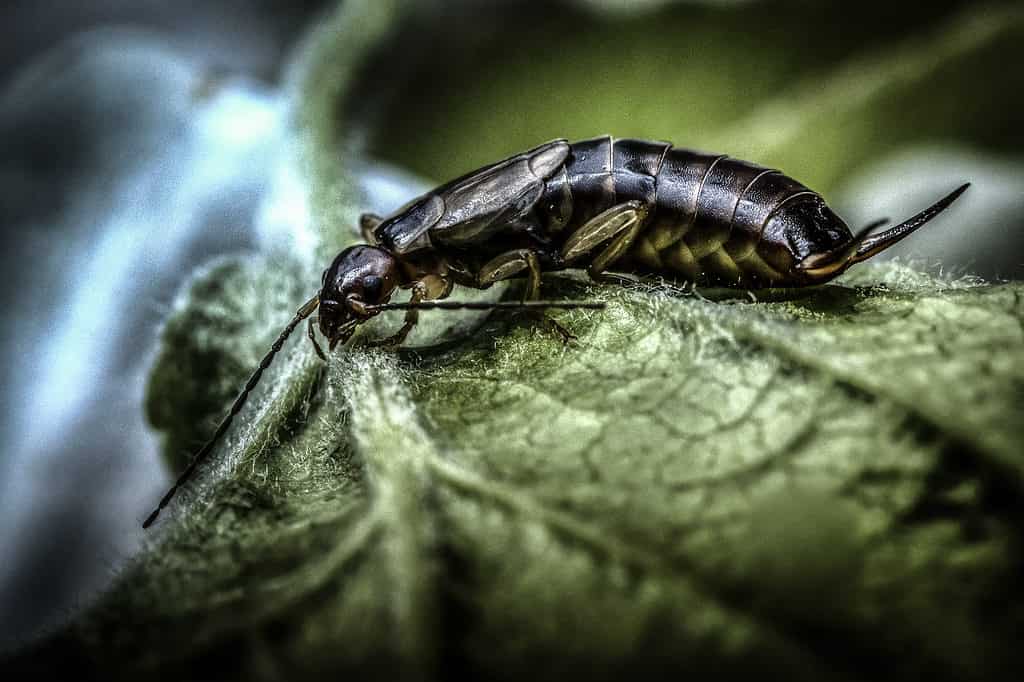
Firebrats only reproduce when the temperatures are above 90°F.
©iStock.com/Wirestock
| Firebrats | |
|---|---|
| Scientific Classification | Thermobia domestica |
| Size | 0.39-0.59 inches (10mm-15 mm) long |
| Color | Vary between black and brown to gray and white |
| Habitat | Prefer places with higher temperatures, such as furnaces, bakeries, ovens, and fireplaces. |
Firebrats are small hexapods that are very similar to silverfish. They are distributed worldwide and are common in extremely warm places, such as near boilers or furnaces. Temperatures above 112°F or below freezing kill immature firebrats. They only reproduce when the temperatures are above 90°F.
Unlike silverfish, firebrats’ feet are heat-resistant, allowing them to walk on hot surfaces. So, the next time you see a bug similar to silverfish that does not hide from the sun and other warm surfaces, you are most likely looking at a firebrat.
2. Earwigs
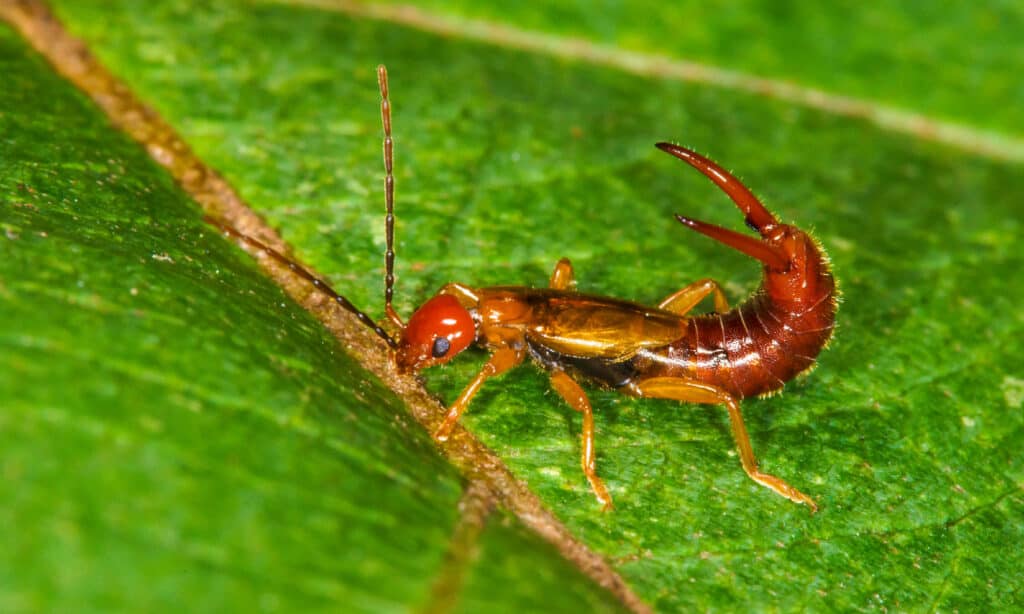
Earwigs are members of the order
Dermaptera.
©Suede Chen/Shutterstock.com
| Earwigs | |
|---|---|
| Scientific Classification | Dermaptera (order) |
| Size | 0.2-1.9 inches (5-48 mm) long |
| Color | Comes in shades of brown or dark black |
| Habitat | Prefer dark and humid areas |
Earwigs are members of the order Dermaptera. There are about 2,000 species in this order, making it one of the smaller insect orders. Nevertheless, earwigs are widely known bugs. Like silverfish, earwigs are nocturnal insects and often hide in moist crevices during the day.
They are characterized by rarely used membranous wings folded underneath their forewings and a pair of forceps-like pincers on their abdomen. One major difference between earwigs and silverfish is that earwigs have two appendages protruding from their abdomen, while silverfish have three.
3. Jumping Bristletails

Jumping bristletails can jump long distances up to 12 inches by using their tails.
©asturfauna/Shutterstock.com
| Jumping Bristletails | |
|---|---|
| Scientific Classification | Archaeognatha (order) |
| Size | 0.8 inches (20 mm) long |
| Color | Gray, brown |
| Habitat | Prefer damp environments and are commonly found in rock crevices, leaf litter, soil, or under the bark of trees |
Jumping bristletails are members of the insect order Archaeognatha. They are small wingless insects that bear a striking resemblance to silverfish. However, unlike the agile silverfish, jumping bristletails can jump long distances up to 12 inches by using their tails. They also prefer staying outdoors over indoors.
Like most bugs, jumping bristletails have elongated bodies with tapered ends. Their bodies are covered in scales. As their name suggests, they have fringes of hairs on the rear filaments.
4. Booklice
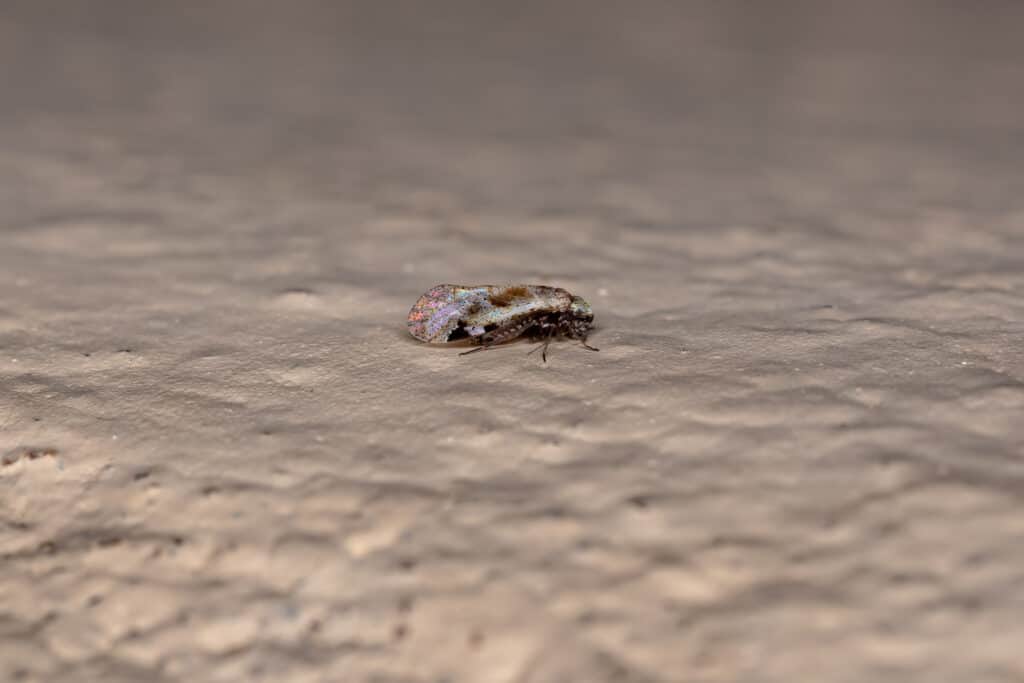
Booklice are a paraphyletic group of bugs in the order
Psocoptera.
©iStock.com/ViniSouza128
| Booklice | |
|---|---|
| Scientific Classification | Psocoptera (order) |
| Size | 0.03-0.07 inches long |
| Color | Gray, brown, translucent |
| Habitat | Prefer warm environments with plenty of moisture and humidity |
Booklice, commonly known as barklice or barkflies, are a paraphyletic group of bugs in the order Psocoptera. The term “Psocoptera” originates from the Greek word psokhos, which means rubbed or gnawed, and ptera, meaning wings. They are often confused with silverfish due to their similar body sizes and colors.
5. Isopods
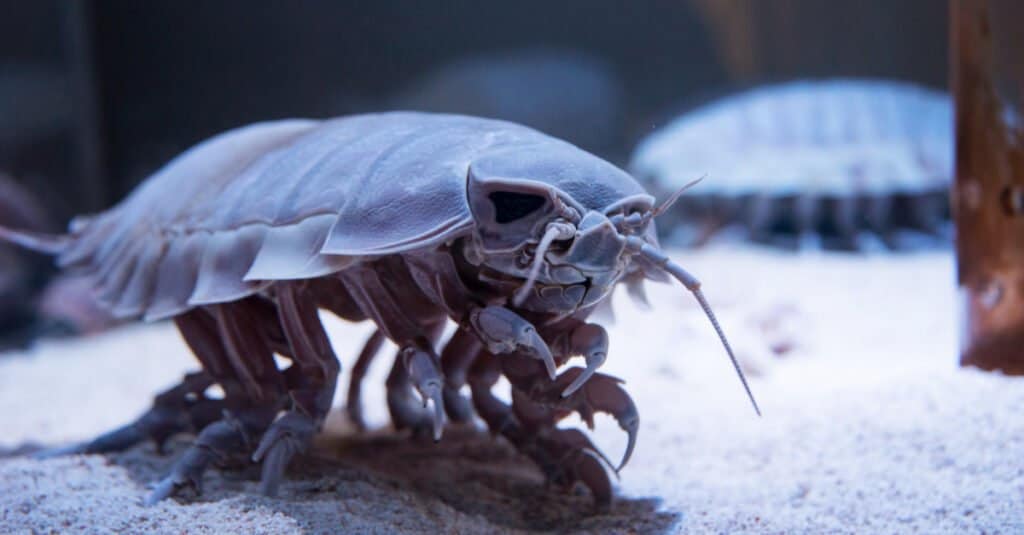
Isopods prefer living in dark and moist habitats near or in water sources.
©kikujungboy CC/Shutterstock.com
| Isopods | |
|---|---|
| Scientific Classification | Isopoda (order) |
| Size | Giant isopods range can grow up to 20 inches long, while Microcerberidae species are about 0.012 inches |
| Color | Vary from gray to white |
| Habitat | Prefer environments that are moist and dark. They are commonly found in the sea, in freshwater, or on land |
Isopods are members of the crustacean order Isopoda, consisting of woodlice and their relatives. They prefer living in dark and moist habitats near or in water sources. Their bodies shine when light reaches them. Isopods are often confused for silverfish due to their pale color.
All isopods have segmented exoskeletons, five pairs of appendages, seven pairs of jointed limbs on the thorax, and two pairs of antennae. Females use the pouch under their thorax to brood their young.
Summary of the 5 Bugs That Look Like Silverfish
| Name | Similarity to Silverfish | Difference from Silverfish |
|---|---|---|
| Firebrats | Similar appearance. | Prefers hot areas; has heat-resistant feet. |
| Earwigs | Also nocturnal and hide in moist crevices during the day. | Two appendages, not three, coming from the abdomen. |
| Jumping Bristletails | Striking resemblance. | Can jump farther and prefers outdoors to indoors. |
| Booklice | Similar body sizes and colors. | Different shapes and not nearly as fast as silverfish. |
| Isopods | Similar pale color. | Different numbers of appendages and antennae. |
The photo featured at the top of this post is © 2Dvisualize/Shutterstock.com
Sources
- , Available here: https://krex.k-state.edu/dspace/bitstream/handle/2097/21693/KSUL0009KSREEPPUBSEP123a.pdf?sequence=1
- , Available here: https://vtechworks.lib.vt.edu/bitstream/handle/10919/84152/ENTO-261.pdf
- , Available here: https://www.ento.csiro.au/education/insects/archaeognatha.html
Thank you for reading! Have some feedback for us? Contact the AZ Animals editorial team.






